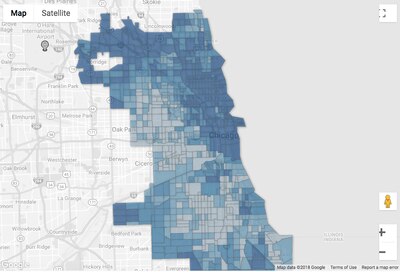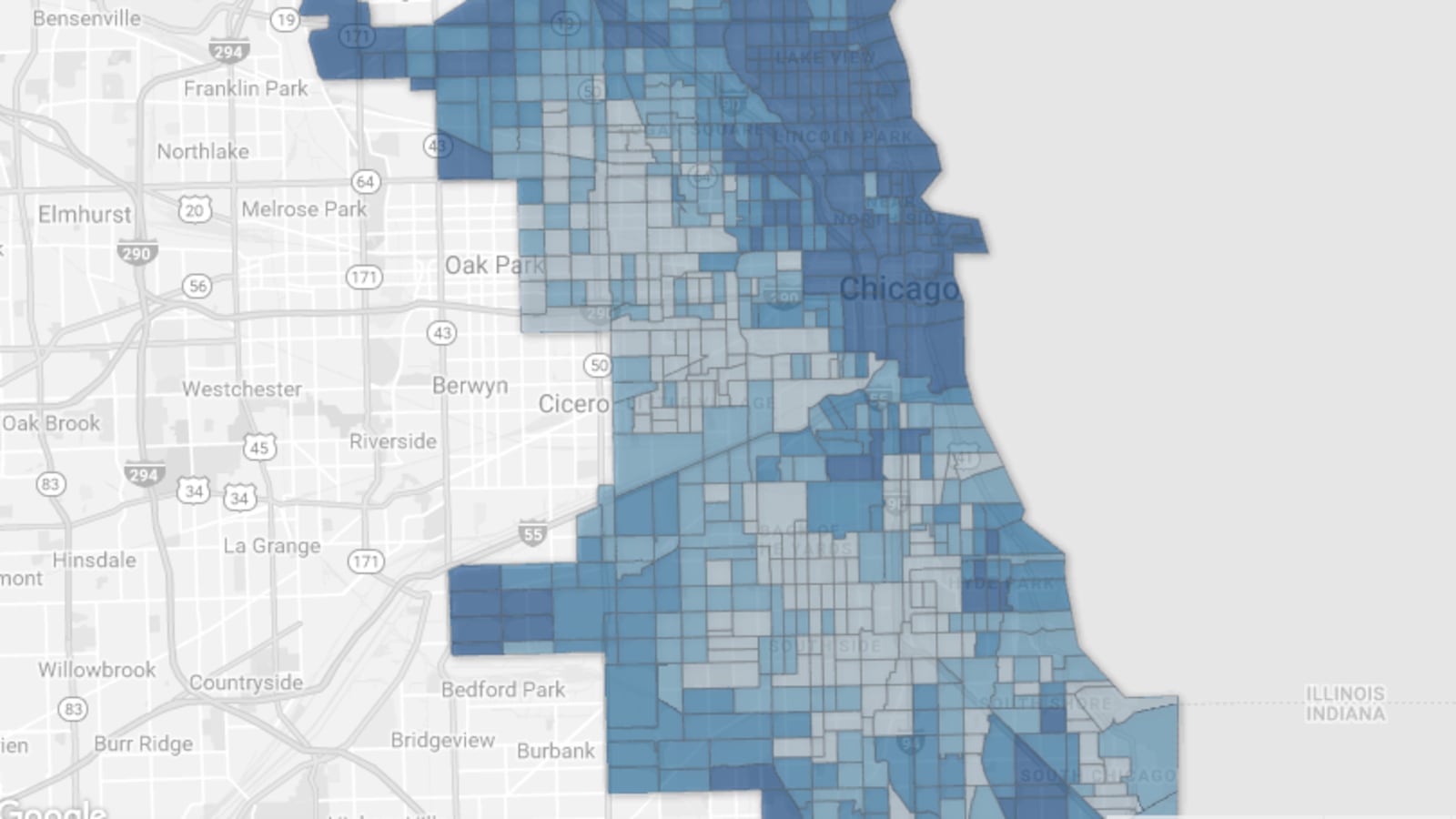One of the key factors in Chicago public school admissions, tier numbers assigned by a student’s address serve to more equitably distribute seats in test-in and magnet programs.
The numbers, on a 1 to 4 scale, reflect a neighborhood’s socioeconomic status. The school district has issued new tier assignments that redesignate 91 areas: 60 have gone down a notch (or two) and 31 have gone up. The changes are observable across the city, but tier shifts generally follow gentrification patterns.
“I tell families, if you live in or near a gentrifying area, check (your tier) every year,” said Grace Lee Sawin, the owner of Chicago GPS, which helps families navigate Chicago’s school application process for a fee. “Certainly it could go up and it could go down.”
The tier labels factor mostly into admissions to prekindergarten and kindergarten and again for entrance into competitive seventh-grade academic centers and high schools. They are not a factor in attending open enrollment, or neighborhood, schools.
Using public schools data, a group of civic technologists this week updated an application that lets families look up their tier by address. Every household gets assigned a tier of 1, 2, 3, or 4, with a “1” generally being a low-income neighborhood and a “4” being the city’s wealthiest neighborhoods.
Besides median income of the households within the census tracts, other factors that influence tier assignments are the percentages of single-parent homes, homes where English is not the first language, and homeownership. Also factors are the education levels of adults who reside in the tract and achievement results of neighborhood schools.

When families apply for popular schools — those requiring tests or lotteries — the school system sets aside a percentage of seats for students from each tier. According to preliminary research results from the first year of the district’s universal enrollment system GoCPS, students in tier 4 neighborhoods are more likely to apply to the district’s most popular programs. And so, when it comes to test-in schools, they tend to have to post higher scores to gain admission.
Put another way, a student from a Tier 1 neighborhood often can gain admission into a selective enrollment school with a lower cutoff score than a Tier 4 one, said Sawin.
Here is the latest Open City app, created by Derek Eder and Forest Gregg with contributions from Juan-Pablo Velez and Josh Kalov.
They also mapped the tier redistributions here.
The deadline to submit applications for most CPS programs for next school year is Dec. 14. Here’s our explainer with more details about the process.

